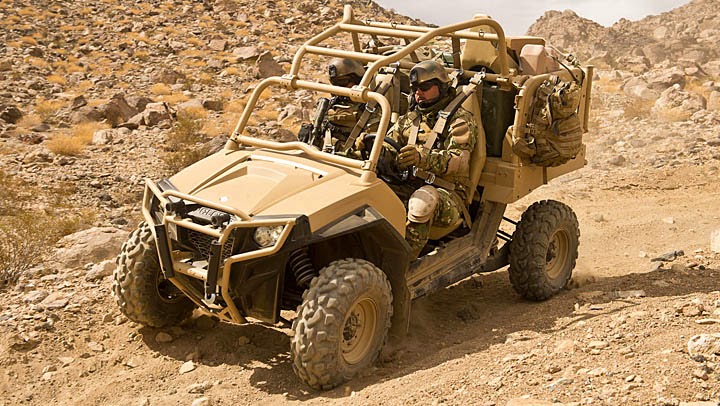
In a startling revelation in a recently published book authored by former Indian Air Force (IAF) pilot Wing Commander (Retired) Dhirendra S. Jafa, American military officers interrogated 1971 Indian Air Force prisoners of war (PoWs) in Pakistan in an attempt get information on Indian Air Force navigational techniques which were used with pinpoint accuracy to target Pakistani air fields.
In chapter seven of his 241-page book titled “Death Wasn’t Painful”, Wing Commander Jafa reveals that a well-known American flyer and test pilot was brought to his prison cell by a Pakistani officer around the 25th of December, 1971, who he saw as a symbol of the US Seventh Fleet, “the coercive, high-handed, self-righteous aggressiveness of the ugly American.”
The American military officer wanted know how the Indian Air pilots were accurately targeting Pakistani airfields at night.
Wing Commander Jafa recalls that the American officer interrogating him was taken aback by his (Jafa’s) initial hostility, but recovered quickly enough to avoid a “slanging match” and begin a “dialogue” (read interrogation).
Wing Commander Jafa mentions that he was taken momentarily aback when the line of questioning shifted to the wreckage of his crashed aircraft, when the American test pilot referred to it as “very interesting, these Russian aeroplanes …, which never depart from the basic concept.”
Deciding to play along with the line of questioning being taken by his American interrogator, Wing Commander Jafa reveals the latter then asked him whether he was following the developments in Russian aviation, and specifically referred to aircraft such as the MiG series, the Sukhois and, of course, their bombers, and in a suggestive sort of way, sought to understand from the Indian PoW whether he was aware or not of whether they were of all of the same make or of different concepts.
Wing Commander Jafa reveals that he did not know precisely what his American interrogator was looking for through his line of questioning, and replied, “I am only a flyer, the end user, so to say. You’d know better, of course, being a test pilot…”
Wing Commander Jafa states in his book that the American test pilot suggested that he (Jafa) and other Indian Air Force fighter pilots were aware that the Sukhois they were flying had been equipped with advanced electronics and pinpointed navigational aids to find targets by day or night, whereas the earlier versions used before the 1971 war did not include them, nor had the Russians developed them.
The American interrogator further suggested that some IAF aircraft had been accommodated with these advanced electronics and navigational aids and given to Jafa and other Indian pilots to operate and “to enable you to find targets …” in Pakistan.
Wing Commander Jafa suggests in his book that the Americans were monitoring the war in real time, but were “even more bothered about the accurate night bombings by the Indian pilots than were the Pakistanis.”
He says that despite telling his American interrogator that he was not aware of any such development, the latter asked, “Then how come your pilots were finding the targets so accurately by night? Not a single failure.”
He suggests that the American test pilot was not daft and adds that he (Jafa) was aware that the Americans could and would have taken all shot down aircraft apart and examined all the bits and pieces “to determine just one piece of equipment that could solve the mystery, and added that the interrogator suggested that Russian provided the Indian pilots with “some kind of beam guidance system” which the Americans were not aware of.
Wing Commander Jafa says he remonstrated with his American interrogator that the simple fact was that the Indian Air Force pilots were trained to be accurate flyers and to use simple gadgets like a compass, a speedometer and a wrist watch to unerringly go wherever they had to go, and pointedly asked the latter what he was actually after.
The American said that he was engaging in a bit of chit-chat among professionals, among fighter pilots, and walked out of his cell with a shrug.
Wing Commander Jafa says that thereafter they were consigned to their cells, got no answers to their questions from the prison guards, and nor were police corporals or their chief available, and he surmised that the American test pilot-cum interrogator was going around extracting information that he could during his meetings with every Indian prisoner individually to possibly complete “some jigsaw puzzle of the American intelligence somewhere…”
He concludes that the superpowers played their own games and were nobody’s friends, and the poorer and less powerful nations more often than not succumbed to their blandishments easily, and did all their dirty work.
He says that the war between India and Pakistan in 1971 could have been prevented had the superpowers – the United States and the Soviet Union – desired so.









